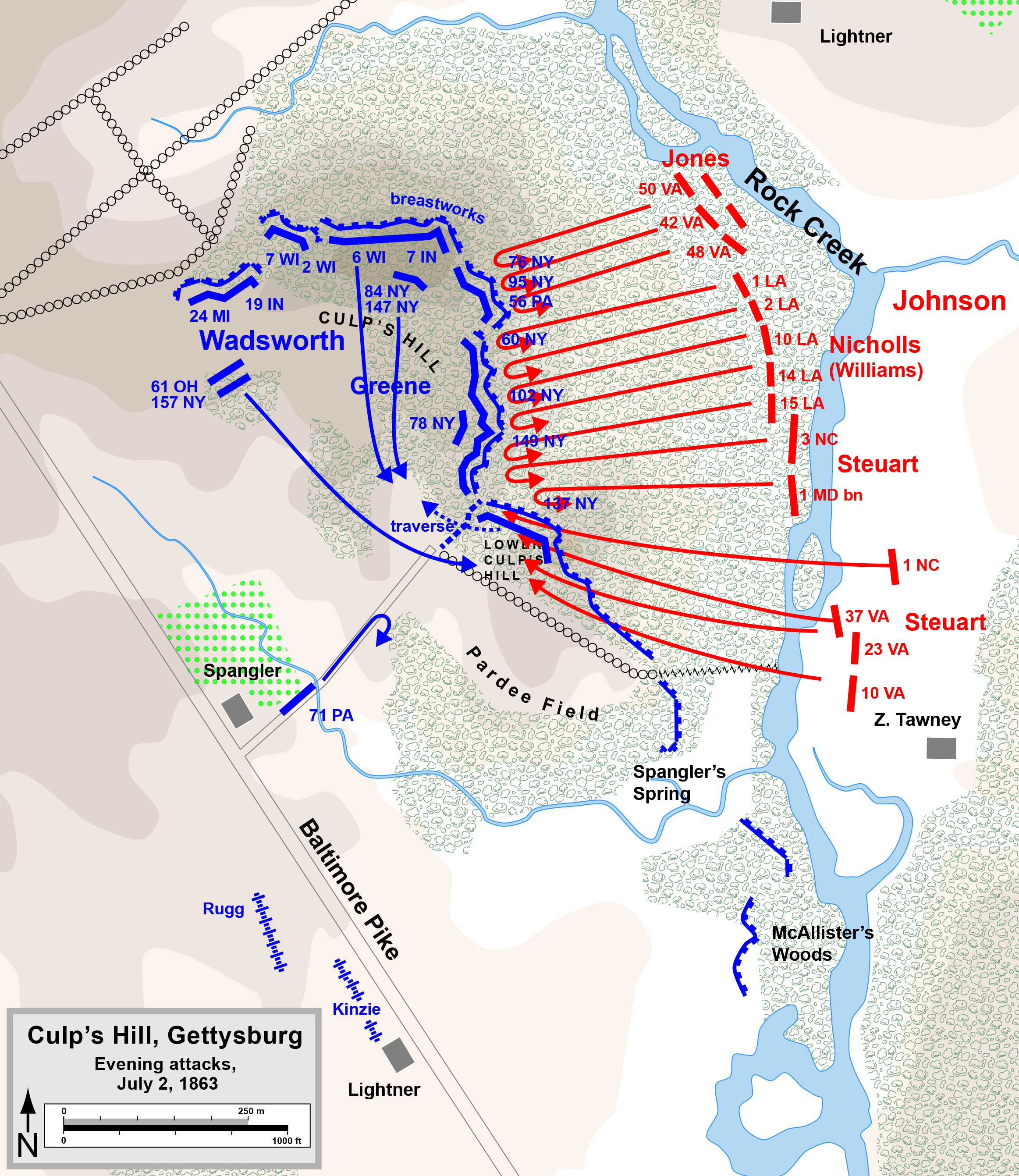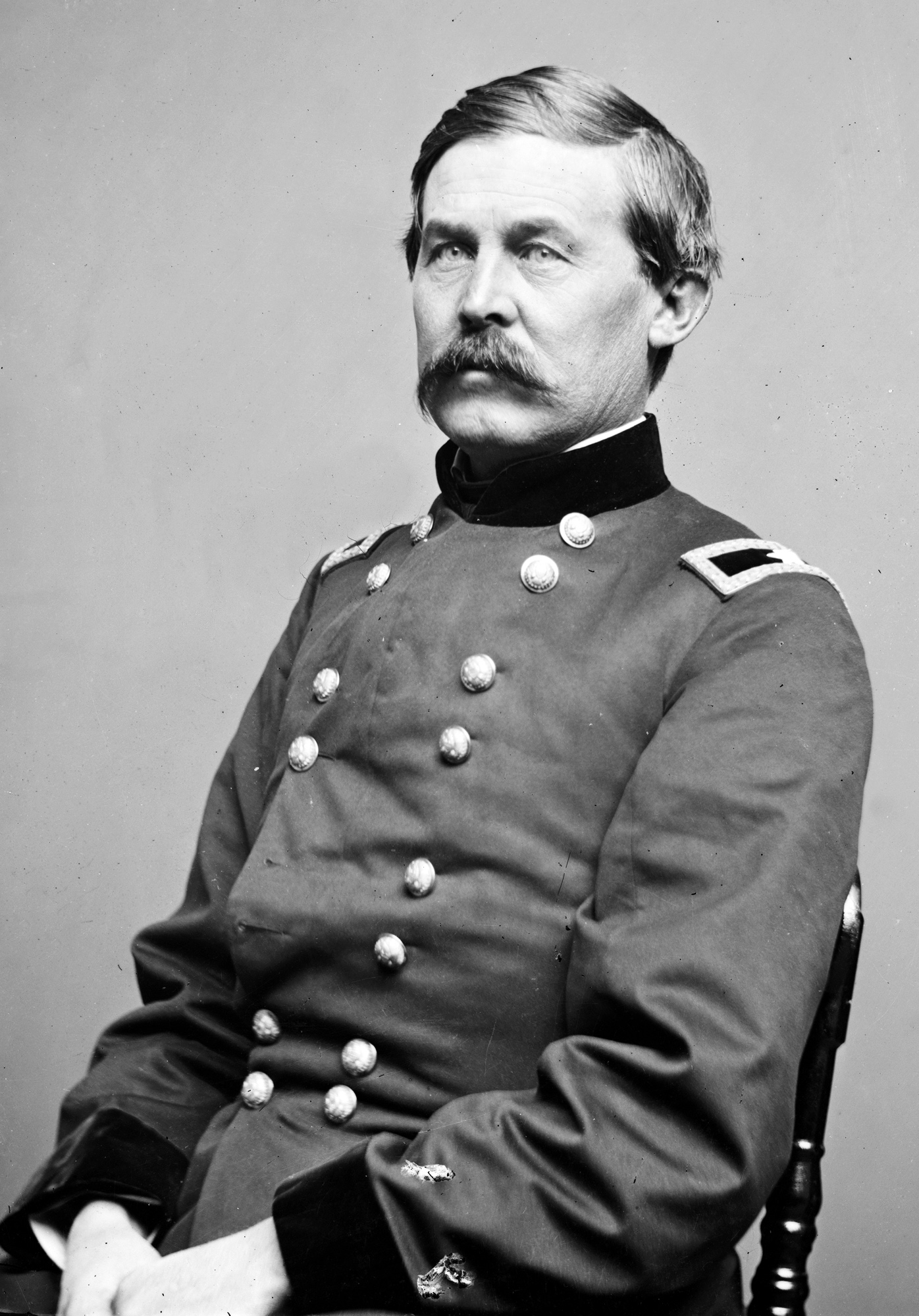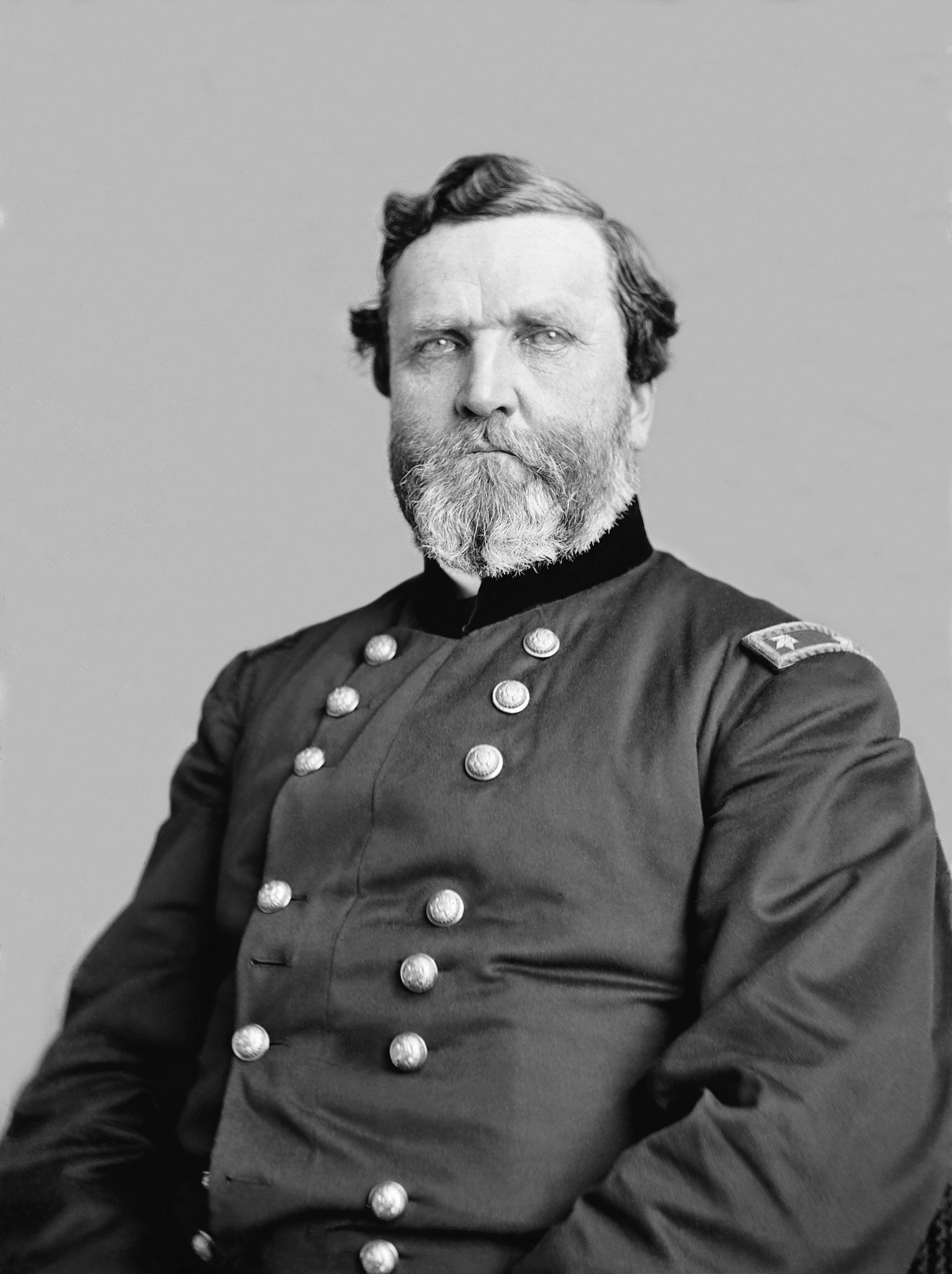Jean Libby on “John Brown: A History and Photo Chronology”

Image purchased on eBay by Jean Libby in 2001. It was one of the mystery photographs (date, original sitting and photographer unknown) examined at the November 25th meeting.
Jean’s presentation charted twelve photographs of John Brown the abolitionist through three time periods: the organization of the Underground Railroad and resistance to the Fugitive Slave Law (1846 – 1850), Free State vs. Slave State (1854 – 1857), and the Harpers Ferry Raid (1858 – 1859).
There are several versions of the dozen photos studied, including “How many photo portraits are there of John Brown with his beard?”
Jean’s original chronology in 2002 was made with forensic anthropologist Eileen Barrow at Louisiana State University, who specializes in making aging models of missing children. Her original research on the subject has convinced archivists and experts that some dates and places of commonly viewed photo images of John Brown were incorrect. Continue reading →





